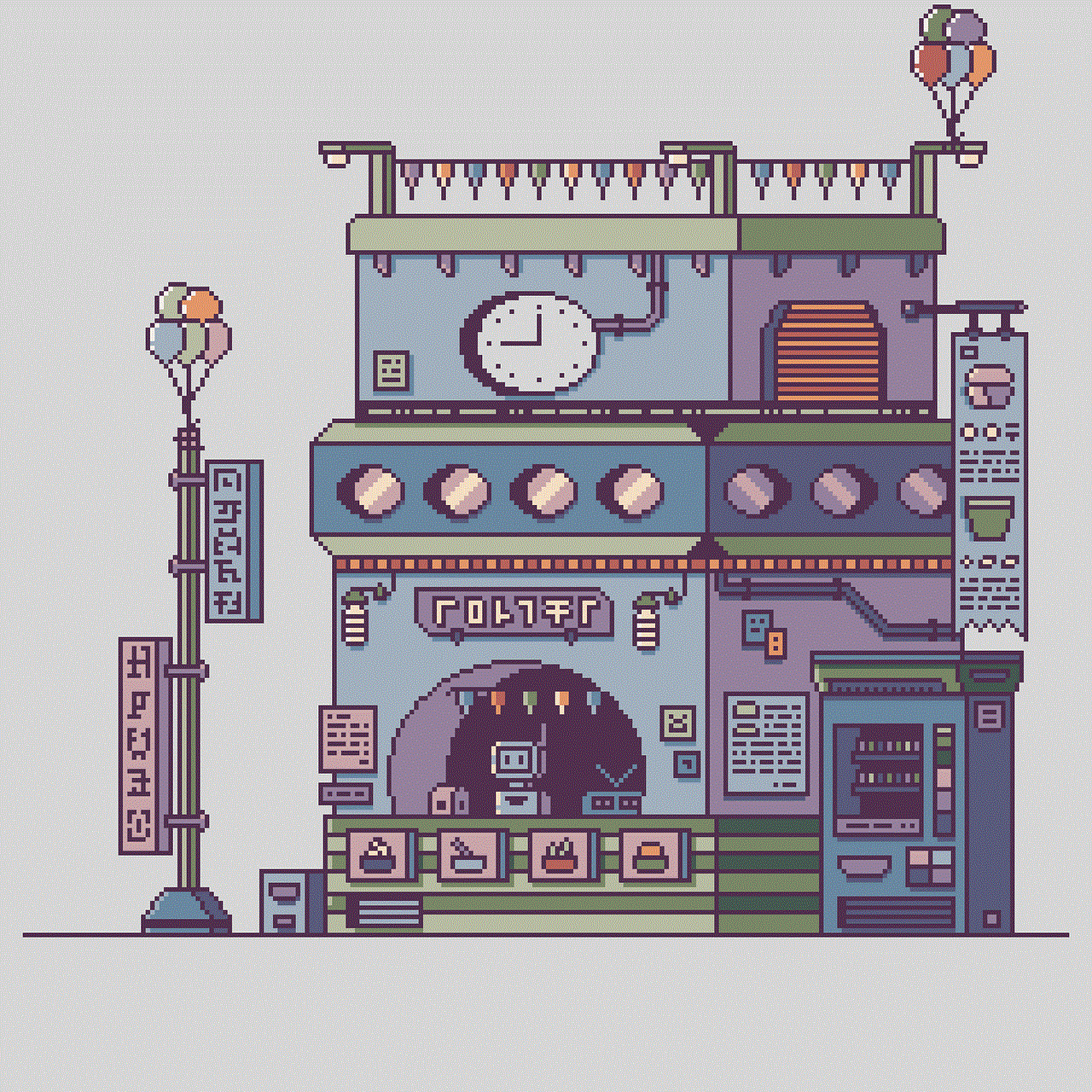boujee urban dictionary
The term “boujee” has become a popular slang term in recent years, especially within urban communities. It has been used to describe everything from a person’s appearance to their lifestyle choices. But what exactly does it mean? According to the Urban Dictionary, boujee is defined as “someone who is high class, wealthy, or of a higher social status.” It is often used to describe someone who is flashy, extravagant, or indulgent in their spending habits.
The origin of the term “boujee” can be traced back to the French word “bourgeois”, which means middle/upper-class. In the 1960s, the term “boujee” was used to describe someone who was pretentious or materialistic. However, in recent years, the term has taken on a different connotation and has become a popular term used in hip-hop culture.
The popularity of the term can be attributed to the rise of trap music, a subgenre of hip-hop that originated in the southern United States. In this type of music, artists often use the term “boujee” in their lyrics to describe their lavish lifestyles and expensive possessions. One of the most well-known examples of this is the song “Bad and Boujee” by the rap group Migos, which became a viral hit in 2016.
Since then, the term has been picked up by mainstream media and has become a part of everyday language for many people, not just in the urban community. It is often used in a playful or joking manner, but for some, it has taken on a negative connotation. Some people view the term as glorifying materialism and promoting a superficial lifestyle.
Despite the mixed opinions surrounding the term, it has become a part of modern pop culture and has even made its way into the Merriam-Webster dictionary. The term has evolved to encompass not just wealth and material possessions, but also a certain attitude and behavior. It is often associated with confidence, self-assuredness, and a sense of superiority.
In today’s society, the term “boujee” is used to describe someone who is not only wealthy but also has a certain level of sophistication and taste. They are often seen as trendsetters and influencers, with a keen eye for fashion and an appreciation for the finer things in life. They are unapologetic about their luxurious lifestyle and are not afraid to show it off.
But being boujee is not just about having money or expensive possessions. It is also about having a certain mindset and attitude. It is about being confident and unapologetically yourself, regardless of what others may think. It is about being unafraid to take risks and go after what you want, even if it means breaking away from societal norms.
This mentality has been embraced by many, especially by the younger generation. With the rise of social media, the desire to live a boujee lifestyle has been amplified. People are constantly bombarded with images of lavish vacations, designer clothing, and expensive cars, creating a pressure to keep up with the trend.
However, this lifestyle comes with a price tag, and for some, it may not be attainable. This can lead to feelings of inadequacy and a never-ending cycle of trying to keep up with the latest trends. It can also perpetuate the belief that material possessions are the key to happiness and success.
On the other hand, being boujee can also be seen as empowering. It is a way for individuals to express their individuality and stand out from the crowd. It is a celebration of one’s accomplishments and hard work. It can also be a way to break away from traditional societal expectations and redefine what it means to be successful.
But regardless of how one may feel about the term “boujee”, it cannot be denied that it has become a significant part of modern language and culture. It has even spawned variations such as “boujee-chic” and “boujee-bad”. It has also been used to create hashtags and slogans, making its way into merchandise and branding.
In conclusion, the term “boujee” has evolved from its humble origins to become a popular term used to describe a certain lifestyle and attitude. It has become a way for individuals to express themselves and stand out from the crowd. While it may have its critics, it cannot be denied that it has become a significant part of modern language and culture. So whether someone embraces the boujee lifestyle or not, one thing is for sure – it’s here to stay.
what are kickbacks
Kickbacks refer to a form of bribery in which a person or company receives money or other benefits in exchange for providing a favor or favorable treatment to another person or company. This type of corrupt practice is prevalent in various industries and can have serious consequences on the economy and society as a whole. In this article, we will delve deeper into the concept of kickbacks, its various forms, and its impact on businesses and society.
The term kickback originated in the United States during the 19th century and was used to describe the illegal practice of giving money or goods to corrupt politicians or government officials in exchange for favorable treatment. However, over the years, the term has evolved to encompass a broader meaning and is now used to describe any form of illicit payment made to secure an advantage or benefit.
Kickbacks can take many forms, including cash payments, gifts, favors, or even employment opportunities. The most common form of kickbacks involves a person or company paying a certain percentage of the contract amount to the person or company awarding the contract. For example, a construction company may offer a government official a certain percentage of the project cost to secure a contract to build a new road.
Another form of kickback is the provision of lavish gifts or extravagant entertainment to government officials or business partners. These gifts are often given with the expectation of receiving favorable treatment or to maintain a good relationship with the recipient. For instance, a pharmaceutical company may offer an expensive vacation package to a doctor in exchange for prescribing their drugs to patients.
In some cases, kickbacks are disguised as legitimate business expenses, making it difficult to detect. For example, a company may inflate the price of goods sold to a government agency and then offer a portion of the profit to the officials responsible for awarding the contract. This not only results in a loss of public funds but also puts legitimate businesses at a disadvantage.



Kickbacks can also occur in the form of employment opportunities. It is not uncommon for companies to offer jobs to family members or close associates of government officials in exchange for favorable treatment. This practice not only undermines the principle of meritocracy but also creates an environment of mistrust and unfair competition.
One of the major concerns of kickbacks is their impact on fair competition. When companies resort to offering kickbacks to secure contracts or favorable treatment, it puts legitimate businesses at a disadvantage. Smaller businesses or those without the financial means to offer kickbacks are often unable to compete, leading to a monopolization of the market by a few big players. This not only hinders economic growth but also limits innovation and choice for consumers.
Moreover, kickbacks also result in inflated prices for goods and services. When companies have to factor in the cost of kickbacks in their pricing, it leads to an increase in prices for the end consumer. This is particularly concerning in the case of government contracts where taxpayers’ money is being used to pay for these inflated prices.
Kickbacks also have a detrimental impact on the integrity and reputation of businesses and government institutions. When it becomes known that a company or government official engages in kickbacks, it erodes public trust and confidence in the organization. This can have serious consequences for the company’s bottom line and also result in legal action and penalties.
In addition to the economic impact, kickbacks also have far-reaching social consequences. When resources are diverted towards kickbacks, it hinders the development of infrastructure and services that are essential for the well-being of society. This can have a particularly adverse effect on developing countries where resources are limited, and the need for development is high.
Furthermore, kickbacks also perpetuate a culture of corruption and erode ethical values. When individuals witness others engaging in corrupt practices, it can become normalized and lead to a ripple effect, with more people engaging in similar activities. This not only harms the economy but also creates a negative perception of a society that is plagued by corruption.
To combat the detrimental effects of kickbacks, governments and businesses have implemented various measures and regulations. These include anti-corruption laws and codes of conduct, mandatory disclosures of gifts and donations, and strict penalties for those found engaging in kickbacks. Companies have also started implementing internal controls and training programs to educate employees on the dangers of kickbacks and the importance of ethical practices.
In addition, there has been an increase in the use of technology to detect and prevent kickbacks. Companies are using data analytics and artificial intelligence to analyze large volumes of data and identify any suspicious activities or transactions. This has proven to be an effective way to detect and prevent kickbacks before they can cause any significant harm.
In conclusion, kickbacks are a form of corruption that can have serious consequences on businesses and society. They undermine fair competition, inflate prices, erode public trust, and perpetuate a culture of corruption. It is crucial for governments and businesses to work together to combat this practice and uphold ethical values. Only by eliminating kickbacks can we create a fair and transparent business environment that benefits everyone.
very young nudes



The topic of young nudes has been a controversial one for decades, with opinions varying greatly on the subject. Some believe that it is a form of art, while others view it as exploitation of vulnerable individuals. In recent years, the rise of social media and the accessibility of explicit content have added fuel to the fire, making the discussion even more heated. However, one aspect that is often overlooked is the age of these nudes. In this article, we will delve into the world of very young nudes and explore the implications and consequences of such content.
First and foremost, it is important to define what is meant by “very young nudes.” In this context, it refers to individuals under the age of 18 who are depicted in a sexual or provocative manner. This could include photographs, videos, or any other form of media. While the legal age of consent varies in different countries, the production and distribution of child pornography is illegal worldwide. This means that even if the individual in the images is above the age of consent in their country, it is still considered a criminal offense.
One of the primary concerns with very young nudes is the potential for exploitation and abuse. In many cases, these images are not produced consensually, but rather coerced or forced by adults. This can happen in various ways, such as through grooming, blackmail, or trafficking. The victims in these situations are often vulnerable and may not fully understand the consequences of their actions. They are also at risk of being further exploited by having their images shared online without their consent.
Furthermore, the production and distribution of very young nudes perpetuate the sexualization of minors. It sends a message that it is acceptable to view and objectify children in a sexual manner, which can have damaging effects on their self-esteem and mental health. It also normalizes the idea of pedophilia, which is a serious and illegal crime. By consuming and sharing these images, individuals are contributing to the perpetuation of this harmful cycle.
Another concern is the impact on the individuals depicted in the images. Once these images are out in the world, they can never be fully erased. They can be shared and viewed by countless individuals, leaving the victim feeling violated and exposed. It can also have long-lasting effects on their personal and professional lives. For example, they may struggle to find employment or face discrimination due to their past involvement in such content.
Moreover, the production and distribution of very young nudes can have legal consequences for those involved. As mentioned earlier, it is illegal to produce and distribute child pornography, and those caught doing so can face severe penalties, including imprisonment. This not only applies to the adults involved but also to the individuals who share or possess these images. In some cases, individuals may not even be aware that they are committing a crime by sharing these images, which highlights the importance of educating the public on this issue.
The rise of social media has made it easier for individuals to access and share explicit content, including very young nudes. These platforms have a responsibility to monitor and remove such content, but unfortunately, this is not always the case. It is crucial for these companies to take a proactive approach in identifying and removing illegal content to protect vulnerable individuals from further exploitation.
While there are laws in place to protect minors from the production and distribution of child pornography, they are not always effectively enforced. This is due to the difficulty in tracking and identifying those involved in these illegal activities. Moreover, the lack of resources and funding for law enforcement agencies to combat this issue is a significant hurdle. It is essential for governments to prioritize this issue and allocate resources to address it effectively.
Aside from the legal and ethical implications, there is also the issue of the impact of very young nudes on society as a whole. It can lead to a desensitization towards sexual violence and abuse, as well as normalize unhealthy attitudes towards sex and consent. It also contributes to the objectification of both men and women, perpetuating harmful gender stereotypes and expectations.



In conclusion, the production and distribution of very young nudes have far-reaching consequences that extend beyond the individuals involved. It is a criminal offense that exploits and harms vulnerable individuals, perpetuates harmful societal attitudes, and has long-lasting effects on the victims. It is our collective responsibility as a society to address this issue and take action to prevent the production and distribution of such content. This includes educating the public on the legal and ethical implications, holding perpetrators accountable, and supporting victims in their recovery. Only by working together can we create a safer and more respectful world for all individuals.